

中心简介 Introduction:
复旦大学上海市超精密运动控制与检测工程研究中心成立于2019年,是上海市发改委首批省部级工程研究中心。中心面向国家重大需求,以半导体制造与检测装备开发为背景,开展人工智能检测方法、精密减振与振动抑制技术、超精密运动控制算法、高真空传输机械手技术、光学位移传感器与检测方法、压电陶瓷电机建模与控制等基础理论和工程应用的研究,取得创新性成果。中心在上海宝山、新江湾城湾谷拥有超2000平方米的研发和办公场地,为师生们创造国际一流的学习和科研环境。中心招收控制科学与工程、机械工程、电气工程、光学工程(激光)、精密仪器与测量等多学科的优秀学子,为集成电路装备领域培养复合式人才。
Shanghai Engineering Research Center of Ultra-Precision Motion Control and Measurement, Fudan University, is the first batch of ministerial and provincial-level engineering research center of the Shanghai Development and Reform Commission. Established in 2019. With the development of semiconductor manufacturing and measurement equipment from grand-scale development of national key requirements, the Center copes with basic research and applications on artificial intelligence wafer detection, high-precision vibration absorption and elimination, ultra-precision motion control, high-vacuum wafer transmission robot, optic displacement sensors, and measurement, modeling, and control theory of piezoelectric ceramics motors, etc., and these researches have made creative contributions. The Center has more than 2,000m2 research workplaces and offices in Baoshang District and Wangu Science Park, New Jiangwan City, Yangpu District, providing outstanding learning and research for faculties and students. The Center welcomes all candidates in research fields, including control science and engineering, mechanical engineering, electrical engineering, optical engineering (laser measurement), precise instrument and measurements, etc.. The Center provides interdisciplinary talents for IC manufacturing and measurement equipment fields.
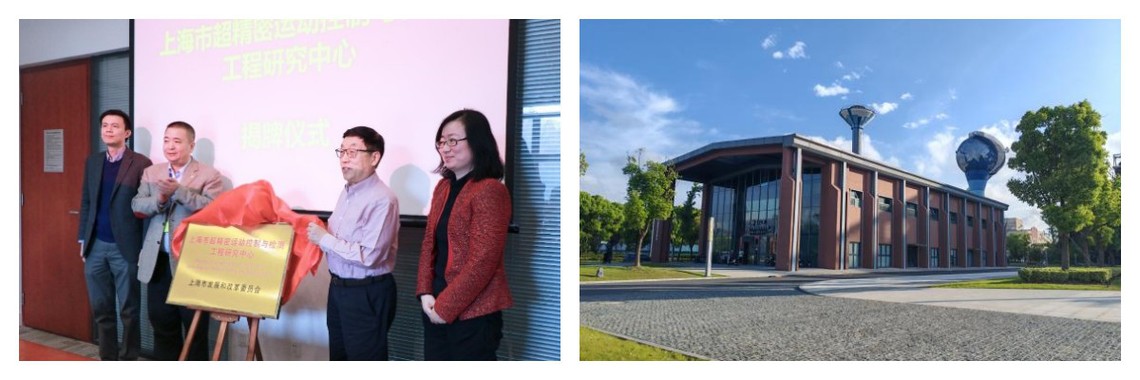
组织架构 Organizational Structure and Team
中心技术委员会主任:柴天佑院士
Chair of Technical Board : Cai Tianyou, CAE
中心主任:杨晓峰
Chair of Center: Yang Xiaofeng
中心副主任:丁晨阳 张志平
Vice Chair: Ding Chengyang, Zhang Zhiping
核心成员:车仁超 刘玉平 孙煜 付雪微 于健博 康华洲
Key Members: Che Renchao, Liu Yuping, Sun Yu, Fu Xuewei, Yu Jianbo, Kang Huazhou
学生团队 Student Members
中心在读博士研究生18名,硕士研究生8名
Center currently has 18 doctorate postgraduate candidates and 8 master postgraduate candidates.
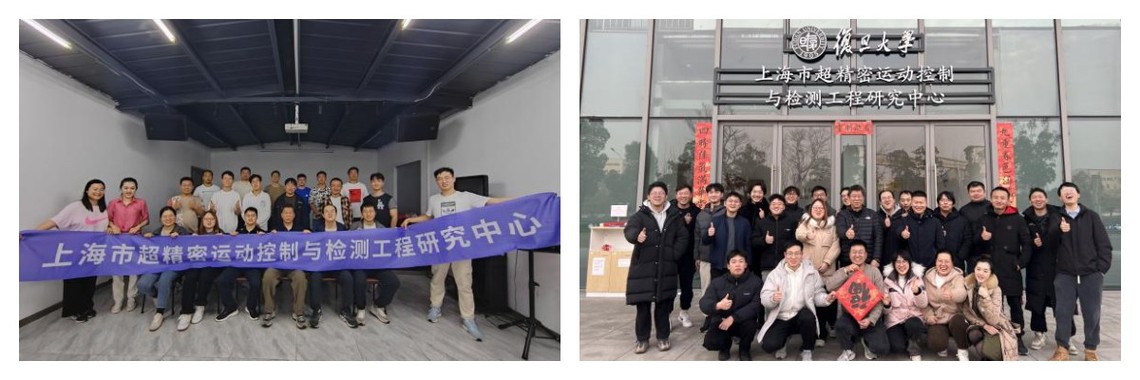
研究方向及内容 Contents and Directions:
本中心围绕高端半导体装备所需的超精密运动控制与检测技术为核心研究内容
Center focuses on ultra-precision motion control and measurement for high-end semiconductor equipment.
建设目标 Objectives
成为面向半导体设备领域工程化研究与开发、突破行业共性与关键技术、促进行业科技成果的转移、辐射和扩散、引领半导体设备行业技术进步的战略性产业技术创新平台。
To become a strategic innovation platform for engineering research and development in the field of semiconductor equipment, the center breaks through industries commonalities and technologies, promotes the transfer, radiation, and diffusion of industry scientific and technological achievements, and leads the technological progress in the semiconductor equipment industry areas.
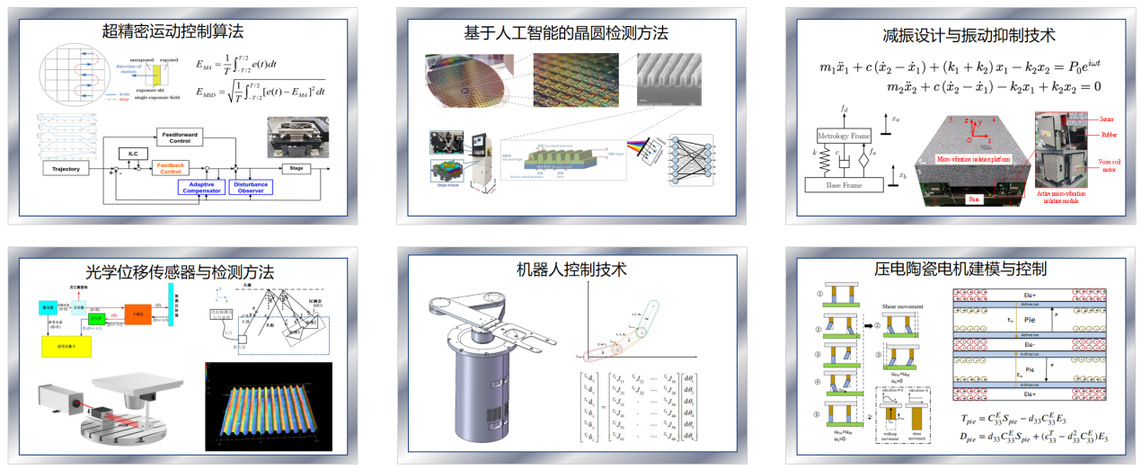
建设进展及主要成果 Construction Progress and Representative Achievements:
中心建设进展 Construction Progress
中心围绕超精密运动控制与检测技术核心研究内容,建立了振动动力学实验室、运动控制实验室、特种电机实验室、光学检测实验室与人工智能检测实验室,拥有各类运动实验平台、快速原型开发工具(dSpace、Speedgoat)、振动测试仪、激光干涉仪、数码显微系统等超精密运动控制与检测所需设备或仪器,为培养学生理论与实际动手能力提供了国际先进的实验条件;
Regarding the essential research contents of ultra-precision motion control and measurement, the Center has set up a vibration and dynamics laboratory, motion control laboratory, distinct motor laboratory, optic measurement laboratory, and AI measurement laboratory. The Center has various equipment or instruments for ultra-precision motion control and measurement, such as motion experiment platforms, rapid prototyping systems (dSpace, Speedgoat), vibration measure systems, laser interferometer, digital lenses, etc. The Center provides world-class experimental conditions for theoretical and practical engineering abilities in cultivating postgraduate candidates.与国内半导体装备龙头企业建立了紧密的产学研合作关系,形成了良性闭环,建立了学生实践基地;
The center has strong connections with top national companies in semiconductor equipment. We have a virtuous closed loop and have established a student practice base.承担国家科技重大专项1项,国家重点研发计划3项、国家自然科学基金3项、上海市重大项目1项、省级重大项目1项,校企合作重大项目3项,发表学术论文36篇,申请专利40项等。
The center has undertaken 1 National Science and Technology Major Project, 3 National Key Research and Development Program of China, 3 National Natural Science Foundation of China, 1 Major Project of Shanghai, 1 Provincial-Level Major Project, 3 Campus-Enterprise Cooperation Projects. The center has 36 research papers and 40 patents.
主要研究成果 Research Achievements
运动控制实验室围绕半导体装备纳米级运动定位控制,设计研制了各类精密实验运动平台,并基于平台验证了同步控制、前反馈控制、滑模控制、迭代学习控制等各类先进控制方法。
The Motion Control Laboratory has focused on nano-level motion positioning control for semiconductor equipment. The lab has designed and developed various precision experimental motion platforms, which serve as testbeds for validating advanced control methodologies, including synchronized control, feedforward control, sliding mode control, and iterative learning control.
光学检测实验室围绕半导体装备运动超高分辨率定位检测,在双频激光干涉仪测量、波长补偿开展研究,研发出了亚纳米分辨率光纤导入式光栅测量系统并得到了应用。
The Optical Detection Laboratory focuses on ultra-high-resolution positioning detection for semiconductor equipment. The lab conducts research in dual-frequency laser interferometry and wavelength compensation, and has developed a fiber-coupled grating measurement system with sub-nanometer resolution, which has been successfully applied in practical settings.
人工智能检测实验室围绕半导体量检测装备的图形化数据检测,基于人工智能驱动算法,成功对半导体检测环节的多种图像化表面缺陷进行了检测,开发的算法在半导体量检测设备中获得应用。
The AI Detection Laboratory focuses on the instrument and measurement of various types of data related to semiconductor measurement equipment. Utilizing AI-driven algorithms, the laboratory has successfully performed quantitative detection of critical dimensions and various image-based surface defects in the semiconductor inspection process. The algorithms developed have been successfully implemented in semiconductor measurement equipment.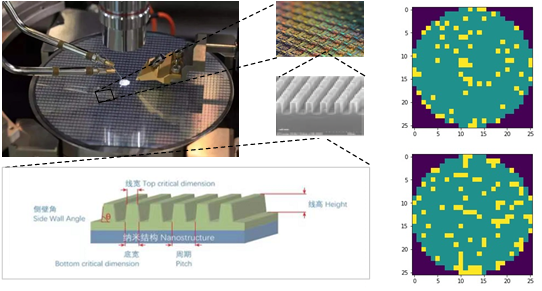
振动动力学实验室围绕半导体装备动态减振隔振,开展了半导体装备减振系统辨识、传感器/执行器布局优化、动力学分析、振动控制算法等工作。
The Vibration Dynamics Laboratory focuses on dynamic vibration isolation and reduction for semiconductor equipment. The lab conducts work in system identification for vibration reduction systems in semiconductor equipment, optimization of sensor and actuator placement, dynamic analysis, and the development of vibration control algorithms.
特种电机实验室围绕半导体装备驱动核心零部件,在微步压电陶瓷电机、磁阻电机等高精度电机方面,对电机机理、磁滞、蠕变等非线性开展了建模理论与控制方法研究。
The Specialized Motor Laboratory focuses on the core drive components of semiconductor equipment, particularly high-precision motors such as micro-stepping piezoelectric motors and reluctance motors. The lab conducts research on modeling theories and control methods related to motor mechanisms, as well as nonlinear phenomena such as hysteresis and creep.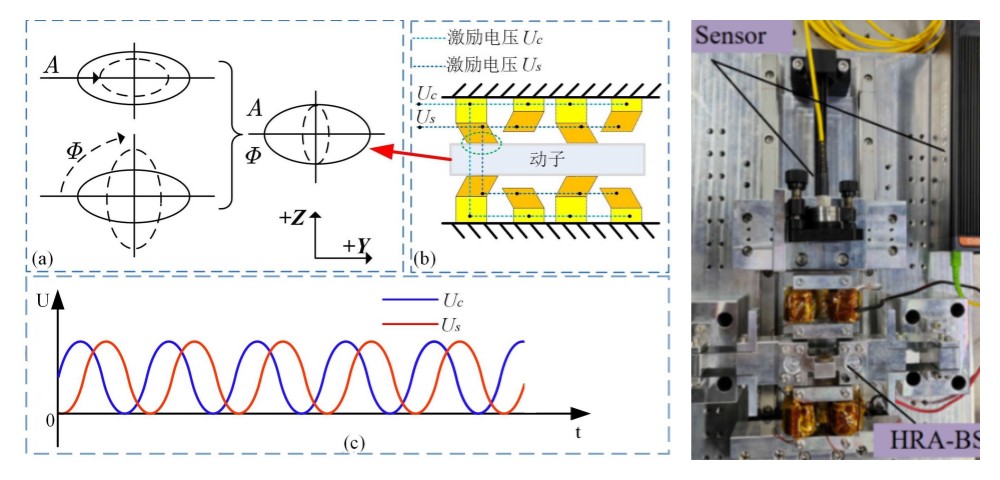
代表性成果 Representative Achievements
Xuewei Fu, Xiaofeng Yang, Pericle Zanchetta, Mi Tang, Yang Liu and Zhenyu Chen. An Adaptive Data-Driven Iterative Feedforward Tuning Approach Based on Fast Recursive Algorithm: With Application to a Linear Motor[J]. IEEE Transactions on Industrial Informatics, 2023 (SCI/IF=12.3, 中科院1区)
Xinyi Su, Yunlang Xu, Xiaofeng Yang. Neural network adaptive sliding mode control without overestimation for a maglev system[J].Mechanical Systems and Signal Processing, 2022 (SCI/IF=8.4, 中科院1区)
Siyi Yu, Weike Liu, Xiaofeng Yang, Feng Shu. Quadrature Sinusoidal Signals Correction of Magnetic Encoders via Radial Basis Function Neural Network and Adaptive Loop Shaping[J]. IEEE Transactions on Industrial Electronics, 2023 (SCI/IF=7.7, 中科院1区)
Huazhou Kang, Zhi Li, Yu Sun, Qiufeng Yu, Xiaofeng Yang. Model of the longitudinal-shear piezoelectric inchworm motor in shear movement[J], International Journal of Mechanical Sciences, 2024 (SCI/IF=7.3, 中科院1区)
Jianbo Yu, Xuefeng Yan. Whole process monitoring based on unstable neuron output information in hidden layers of deep belief network[J]. IEEE transactions on cybernetics, 2020 (SCI/IF=19.1, 中科院1区)



